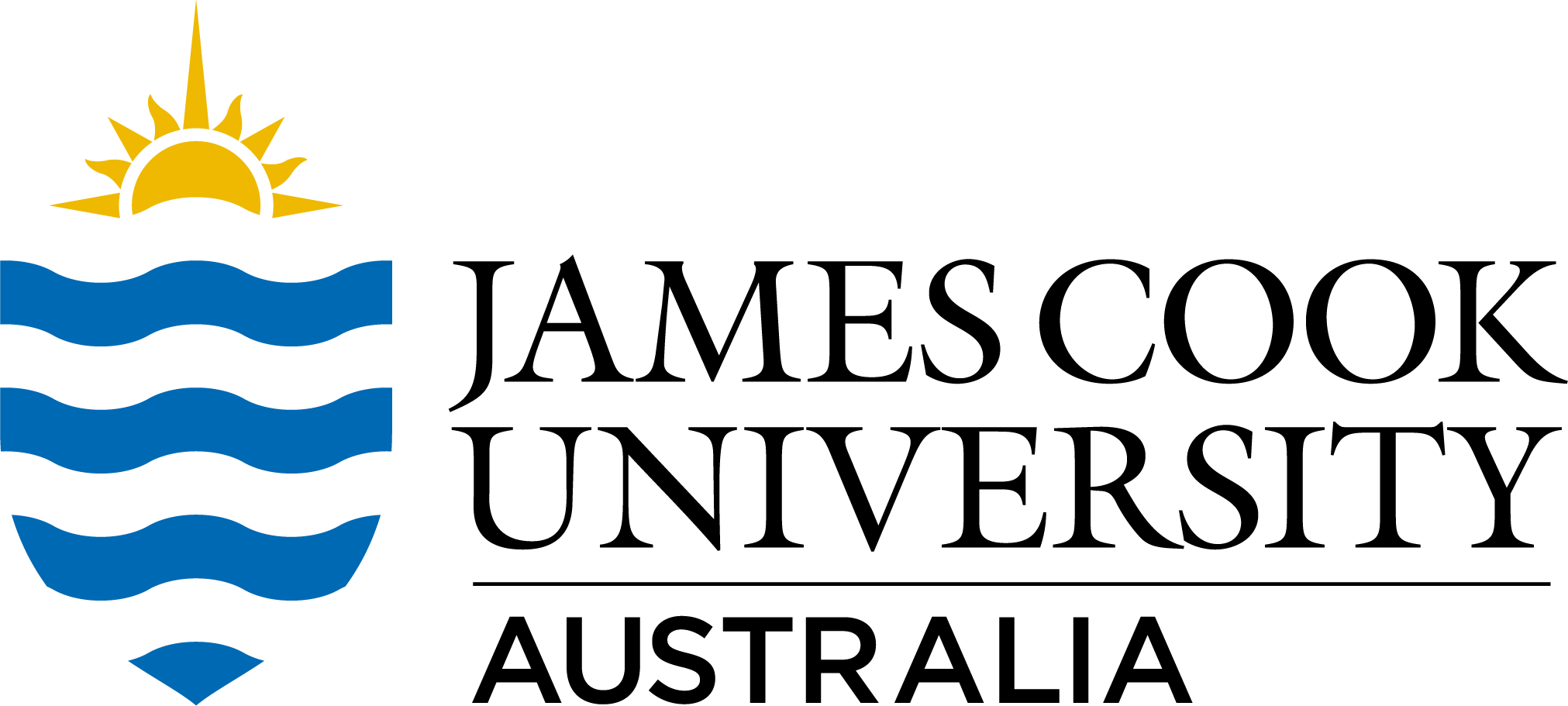Full description
Natural CO₂ seeps in Papua New Guinea were used to test the effects of continuous exposure to elevated CO₂ on reef fish behaviour and metabolism in their natural habitat, and to examine the potential consequences for reef fish communities.
This dataset contains raw data from the behavioural trials. Olfactory preferences and behaviour of juveniles from two damselfish species (Dascyllus aruanus and Pomacentrus moluccensis) and two cardinalfishes (Apogon cyanosoma and Cheilodipterus quinquelineatus) were tested at Upa Upasina, except for P. moluccensis, which was also tested at Dobu.
Olfactory preferences were tested in a two-channel choice flume using three different cue combinations: offshore water conditioned with predator odour versus offshore water without predator odour, water from the CO₂ seep site versus water from the control reef, offshore water conditioned with chemical cues of benthic communities from the CO₂ seep versus chemical cues of benthic communities from the control reef.
Activity and boldness were tested in an aquarium with a small colony of the coral Pocillipora damicornis providing shelter. After 2 hours habituation time each fish was observed for 5 minutes recording: the number of lines crossed, the maximum distance moved from the habitat coral habitat, amount of time spent in the coral shelter and time to emerge from the shelter when chased into the coral (startle response)
The full methodology is available from the publication (and Supplementary Information) shown in the Related Publications link below.
Notes
This dataset consists of a spreadsheet in MS Excel (.xlsx) and Open Document formats (.ods)
Created: 2018-01-02
text: Upa Upasina, Milne Bay Province, Papua New Guinea
text: Dobu, Milne Bay Province, Papua New Guinea
User Contributed Tags
Login to tag this record with meaningful keywords to make it easier to discover
- DOI : 10.4225/28/5A4AE21E9FFB9

- Local : researchdata.jcu.edu.au//published/b64222f4ede704ac4983406dbc603788
- Local : f681623e533bee28100b259cf648a729


